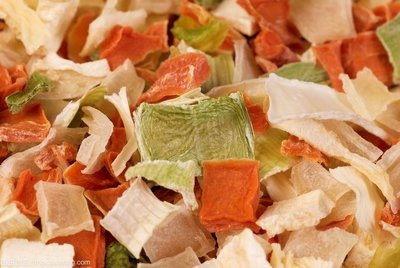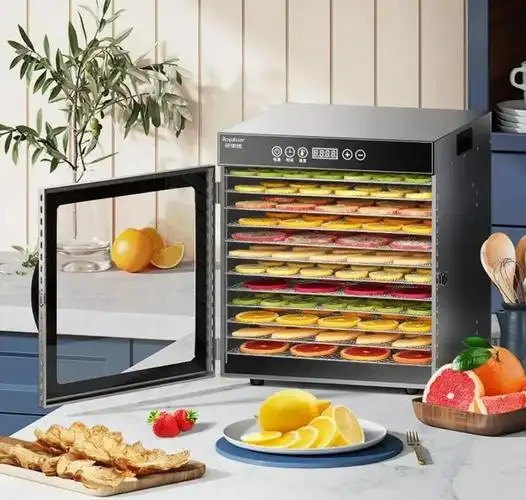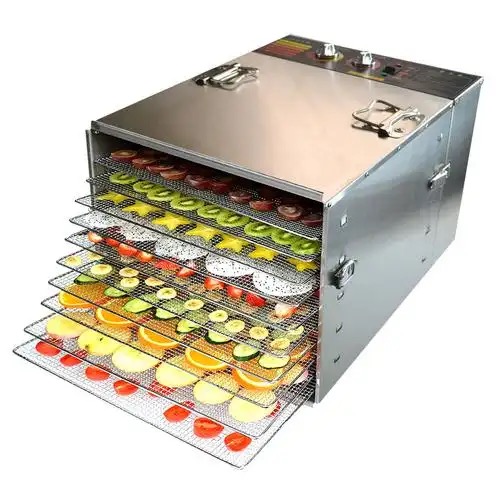
Content Menu
● Introduction
● Understanding Food Drying
● Advantages of Heat Pump Dryers
● The Food Drying Process
● Applications of Heat Pump Dryers in Food Industry
● Challenges and Considerations
● Conclusion
● Frequently Asked Questions
>> 1. What are the main benefits of using a heat pump dryer for food drying?
>> 2. How does the food drying process work?
>> 3. What types of food can be dried using heat pump dryers?
>> 4. Are heat pump dryers more expensive than traditional dryers?
>> 5. What maintenance is required for heat pump dryers?
Introduction
Food preservation is a critical aspect of the food industry, ensuring that products remain safe and nutritious for consumption over extended periods. Among various preservation methods, drying has emerged as one of the most effective techniques. This article explores the advantages of heat pump dryers, particularly in the context of food drying, highlighting their efficiency, sustainability, and role in modern food processing.

Understanding Food Drying
Food drying is a method of food preservation that involves removing moisture from food items to inhibit the growth of bacteria, yeasts, and molds. This technique has been utilized since ancient times, with evidence of drying practices dating back to 12,000 B.C. Various methods exist, including sun drying, air drying, and freeze drying, each with its unique benefits and applications.
Sun drying, one of the oldest methods, relies on natural sunlight to evaporate moisture. While effective, it is highly dependent on weather conditions and can lead to inconsistent results. In contrast, modern techniques like freeze drying and the use of heat pump dryers offer more controlled environments, ensuring uniform drying and better preservation of food quality.
Advantages of Heat Pump Dryers
Heat pump dryers represent a significant advancement in drying technology. They operate by recycling hot air, which not only reduces energy consumption but also minimizes the environmental impact associated with traditional drying methods. Here are some key advantages:
1. Energy Efficiency: Heat pump dryers use significantly less energy compared to conventional dryers. They operate at lower temperatures, which not only saves energy but also protects the nutritional quality of the food being dried.
2. Cost Savings: Although the initial investment in heat pump technology may be higher, the long-term savings on energy bills can be substantial. Businesses can benefit from reduced operational costs, making heat pump dryers a financially sound choice.
3. Environmental Benefits: By utilizing renewable energy sources and reducing energy consumption, heat pump dryers contribute to a more sustainable food processing industry. This aligns with global efforts to minimize carbon footprints and promote eco-friendly practices.
4. Versatility: Heat pump dryers can be used for a wide range of food products, including fruits, vegetables, and meats. Their ability to maintain consistent temperatures and humidity levels makes them suitable for various drying applications.
The Food Drying Process
The food drying process involves several stages, each critical to achieving optimal results. Initially, food is prepared by washing, cutting, and sometimes blanching to preserve color and texture. The drying process itself can be broken down into three main phases:
1. Preheating: This stage involves raising the temperature of the food to facilitate moisture removal. Heat pump dryers excel in this phase, providing controlled heating that prevents overheating and nutrient loss.
2. Constant Rate Period: During this phase, moisture moves from the interior of the food to the surface at a consistent rate. Heat pump dryers maintain optimal airflow, ensuring that moisture is effectively removed without causing damage to the food.
3. Falling Rate Period: As the moisture content decreases, the rate of evaporation slows. Heat pump dryers continue to provide gentle heat, allowing for thorough drying without compromising the quality of the food.

Applications of Heat Pump Dryers in Food Industry
Heat pump dryers have found applications across various sectors of the food industry. For instance, in fruit drying, they help retain the vibrant colors and flavors of fruits like apples and strawberries. In vegetable processing, heat pump technology ensures that nutrients are preserved while achieving the desired texture.
Case studies have shown that businesses utilizing heat pump dryers experience improved product quality and extended shelf life. OEM services for food drying equipment have also become increasingly popular, allowing manufacturers to customize solutions that meet specific drying needs.
Challenges and Considerations
While heat pump dryers offer numerous advantages, there are challenges to consider. The initial cost of purchasing and installing heat pump technology can be a barrier for some businesses. Additionally, proper maintenance is essential to ensure optimal performance. Regular cleaning of filters and monitoring of airflow are crucial for maintaining efficiency.
Looking ahead, the food drying industry is expected to evolve further, with advancements in technology leading to even more efficient and sustainable drying solutions.
Conclusion
Heat pump dryers represent a transformative technology in the food drying process, offering energy efficiency, cost savings, and environmental benefits. As the food industry continues to prioritize sustainability and quality, heat pump technology will play a vital role in shaping the future of food preservation.

Frequently Asked Questions
1. What are the main benefits of using a heat pump dryer for food drying?
Heat pump dryers are energy-efficient, environmentally friendly, and provide consistent drying results.
2. How does the food drying process work?
The process involves removing moisture from food to prevent spoilage, using controlled temperature and airflow.
3. What types of food can be dried using heat pump dryers?
A wide range of foods, including fruits, vegetables, and meats, can be effectively dried using heat pump technology.
4. Are heat pump dryers more expensive than traditional dryers?
While the initial investment may be higher, heat pump dryers offer significant savings in energy costs over time.
5. What maintenance is required for heat pump dryers?
Regular cleaning of filters and ensuring proper airflow are essential for optimal performance.












